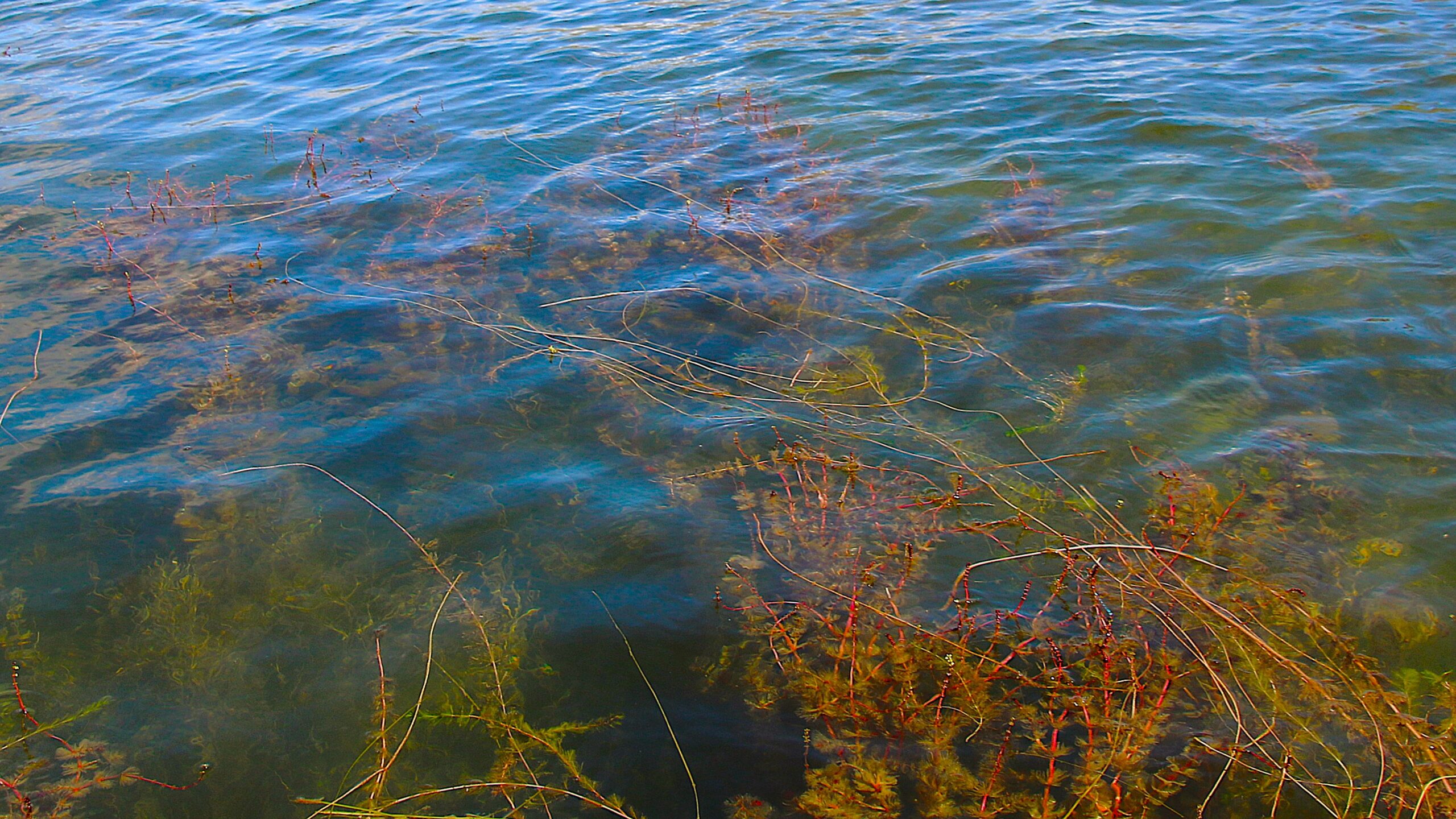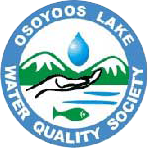Invasive milfoil cleanup delayed in Osoyoos Lake due to low water levels
Invasive weed cleanup late

Osoyoos Lake water levels are too low for invasive milfoil mitigation right now, according to an update that will be presented to the Okanagan Basin Water Board.
On April 1, the board, which stewards bodies of water throughout the region, will meet to hear an update on spring proceedings.
One item in the agenda is how drought conditions are impacting attempts in Osoyoos Lake to control invasive milfoil — an aquatic plant that requires removal every spring.
According to water board chief operating officer James Littley, Osoyoos Lake might have to wait for milfoil treatment.
“Ongoing low water conditions in the Okanagan are affecting milfoil control operations this winter. While
de-rooting is complete in Okanagan and Wood Lakes, Osoyoos Lake levels have been too low to launch
our machine there,” Littley writes, in the report dated March 25.
“With rains this week it is possible that we can launch before April 1, putting us a few weeks behind schedule in Osoyoos. I have directed operators to prioritize public beach areas as per board policy. Areas adjacent to public property may not receive treatment this winter.”
Milfoil is described by the Osoyoos Lake Water Quality Society as “beautiful but deadly.” They consider the plants to be the “most problematic plant” in the Osoyoos Lake ecosystem.
It can negatively impact local native species, and also be problematic for swimmers, boaters and other recreational lake users.
Boaters and lakeshore property owners are advised to remove any and all fragments of milfoil they find on their boats and gear, and rake up any milfoil that ends up on beach property on a regular basis.

Blooming Invasive Milfoil at surface of water on Osoyoos Lake. Photo Credit: Neil Bousquet


